In this project we develop a four-week-ahead predictive model for decision-making in olive oil production with respect to a pest that affects the olive grove (Bactrocera Oleae or olive fruit fly). As a consequence, plant protection products are applied in a controlled way improving the sustainability of the olive grove.
The olive fruit fly is the main pest for olive oil producers, generating losses of up to 80% of the value of the crop due to both production losses and oil quality. In agricultural holdings focus on table olives, losses can even amount 100% of the crop. This insect attacks the fruit directly producing a decrease in production and product quality. Moreover, this pest evolves explosively, making it difficult to control leading to very significant costs for producers.
Public and private data including meteorological and climatic variables, geographical variables, the evolution of the fly population and the state of the crop will be used to obtain predictive models. In addition to traditionally collected data, data from drones with appropriate sensors will be collected by means of remote sensing techniques. Thus, a set of attributes will be generated as input to predictive models, obtaining forecasts for different prediction horizons, namely, one, two, three and four weeks.
A wide range of prediction algorithms based on machine learning and statistics, will be evaluated. An initial selection of candidate algorithms to obtain good results between soft computing and hard techniques will be made. The main algorithms used to learn models will be neural networks, fuzzy logic, Bayesian networks, support vector machine, association rules, regression trees and Box-Jenkins models. In particular, deep learning will used to classify images collected by drones. Finally, ad hoc algorithms will be also developed based on ensembles of the best predictors.


